Hello, I’m _hiroyuki.ta, a biker.
This time, I would like to introduce the course, highlights, and precautions I experienced while touring by motorcycle from Chuo Ward, Tokyo to the 5th station of Mt. Fuji in Yamanashi Prefecture.
On this trip, we also stopped at recommended touring spots such as Oshino Hakkai and Fuji Subaru Line.
Yamanashi Prefecture is an attractive area rich in nature, history, gourmet food, and more, including Mt. Fuji. You can experience its charm even more by riding a bike. Now, let me introduce you to you!
From Tokyo to Oshino Hakkai
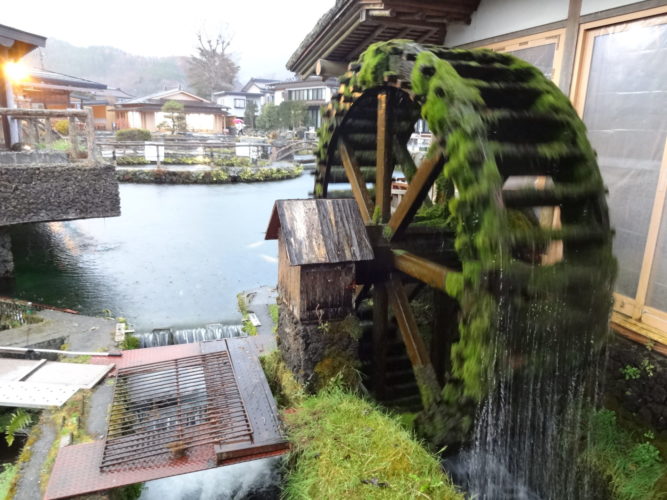
Our starting point this time will be Chuo Ward, Tokyo. We departed from central Tokyo using the Metropolitan Expressway. The Shuto Expressway is empty and comfortable if you drive it early in the morning. However, you need to be careful as the fees are high.
I entered the Chuo Expressway from the Metropolitan Expressway No. 4 Shinjuku Line. The Chuo Expressway is the main road from Tokyo to Yamanashi Prefecture. This road is scenic and easy to ride, but it can get congested during holidays and seasons. I left early in the morning to avoid the traffic.
As you drive along the Chuo Expressway, the mountains gradually come into view. Especially after passing the Kawaguchiko Interchange, Mt. Fuji will appear right in front of you. This view always impresses me no matter how many times I see it. Exit at Kawaguchiko Interchange and enter National Route 139. National Route 139 is a road that runs around the Fuji Five Lakes, and offers a wonderful view of Mt. Fuji. After driving on this road for a while, you will arrive at Oshino Hakkai.
Village of spring water Oshino Hakkai
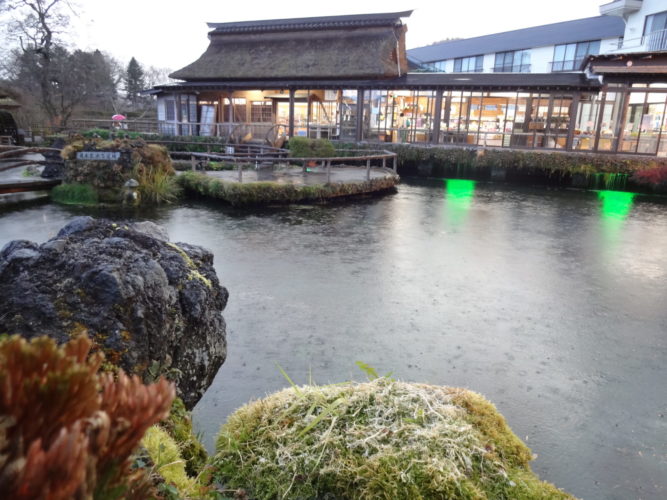
Oshino Hakkai is the collective name for the eight ponds where underground water from Mt. Fuji gushes out. Each pond has a name: Deguchi Pond, Okama Pond, Sokonuki Pond, Choshi Pond, Waku Pond, Nigori Pond, Kagami Pond, and Iris Pond. These ponds have been selected as nationally designated natural monuments and one of the top 100 famous waters, and in 2013 they were registered as a World Cultural Heritage Site as part of the component assets of “Mt. Fuji – Object of Faith and Source of Art.” .
At Oshino Hakkai, you can walk around each pond, take a break by the water, and drink water. The water is very clear and delicious. All of the ponds are beautiful and make you want to take photos.
You can tour Oshino Hakkai for free, but there is a fee for parking. If you are riding a motorcycle, you can park your car at the parking lot at the entrance of Oshino Hakkai for 300 yen. However, this parking lot is small and can fill up quickly, so you’ll need to get there early or find another parking lot. Luckily there was space, so I parked here.
Oshino Hakkai is a recommended touring spot that is worth seeing. You can feel the blessings of Mt. Fuji.
From Oshino Hakkai to Mt. Fuji 5th Station
After enjoying Oshino Hakkai, we headed for the 5th station of Mt. Fuji.
The 5th Station of Mt. Fuji is a point at an altitude of approximately 2300m along the mountain trail of Mt. Fuji.
From here, you can see the top of Mt. Fuji and the surrounding scenery. There are also souvenir shops, restaurants, and shrines. To get to Mt. Fuji’s 5th Station, use the toll road called the Fuji Subaru Line.
The Fuji Subaru Line is a approximately 24km road that runs from Lake Kawaguchi to the 5th station of Mt. Fuji. This road is the highest in Japan, with the highest point being 2400m above sea level. As you drive along this road, you can feel the nature and seasons of Mt. Fuji. You can see cherry blossoms and fresh greenery in the spring, blue skies and a sea of clouds in the summer, autumn leaves and hoarfrost in the fall, and snowy landscapes and icicles in the winter. It was early summer when I went, so the lush green trees and white clouds were beautiful.
The Fuji Subaru Line is a toll road, so you pay the toll at the toll booth. For motorcycles, the round-trip fare is 1,640 yen. After passing through the toll gate, you are free to park your car at a parking lot along the road or at an observation deck.
I stopped several times along the way to take photos and rest. Particularly recommended are Observation Deck 4 and Observation Deck 5. From the 4th observation deck, you can see a panoramic view of Fuji Five Lakes, including Lake Kawaguchi and Lake Saiko.
From the 5th observation deck, you can see a spectacular view of Mt. Fuji and the giant torii gate in Arakurayama Sengen Park.
To the 5th station, the end of the Fuji Subaru Line
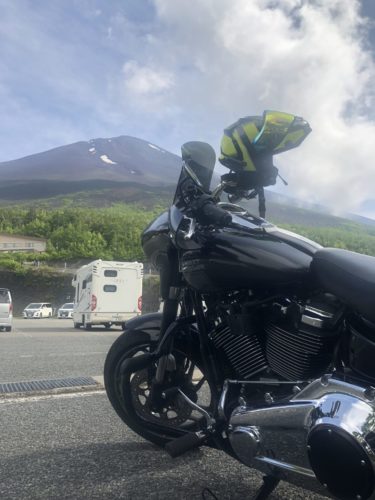
Mt. Fuji’s 5th station is at the end of the Fuji Subaru line. There is a large parking lot here, but please note that it is often crowded during summer and weekends. Luckily there was space, so I parked here. A short walk from the parking lot will take you to an area lined with souvenir shops and restaurants. Here you can buy Mt. Fuji goods and famous udon noodles and curry. I was hungry, so I ate curry. The curry was spicy and delicious.
Mt.Fuji Hongu Sengen Taisha Okumiya
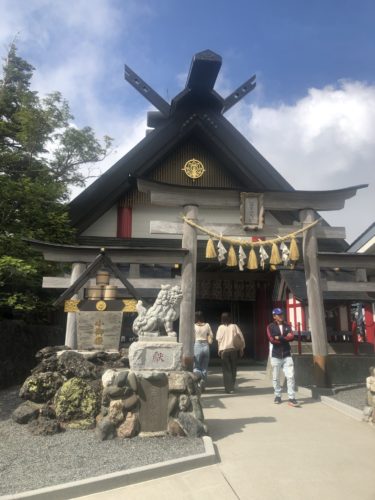
Behind the souvenir shops and restaurants is the Okumiya of Fujisan Hongu Sengen Taisha Shrine. This is a shrine dedicated to Konohana Sakuyahime, the goddess of Mt. Fuji, and is a place to pray for safety while climbing Mt. Fuji. I also visited the shrine and bought an amulet. The amulet had a picture of Mt. Fuji on it and was very cute.
Next to the shrine is the entrance to the mountain trail to the top of Mt. Fuji. From here, you can climb to the top of Mt. Fuji in about 5 hours. I only went up to the 6th station, but climbers need to be well prepared and physically fit. The climbing season is from July to August, and the area is closed at other times.
Bullet climbing is dangerous, so be careful.
View of the summit from Fuji 5th station
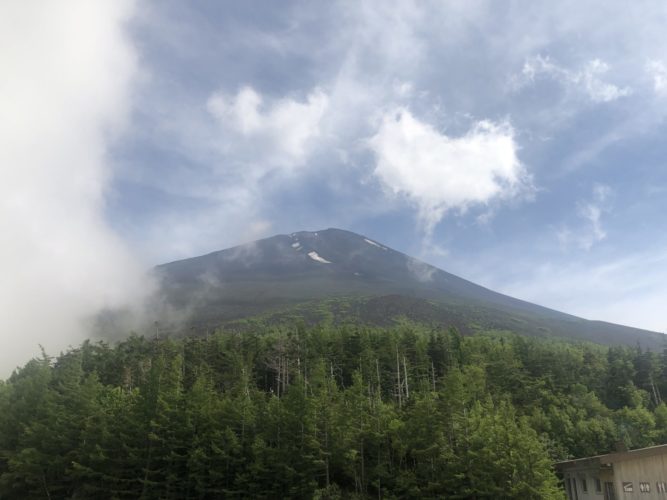
From the 5th station of Mt. Fuji, you can see the top of Mt. Fuji and the surrounding scenery. The weather was nice, so I enjoyed the majestic view of Mt. Fuji, the sea of clouds, and the Kofu Basin in the distance. Mt. Fuji is a symbol of Japan and is also a World Heritage Site. It was very moving to be able to ride my bike to the 5th station of Mt. Fuji.
The 5th station of Mt. Fuji is the perfect place to end your bike touring journey. You can fully enjoy the charm of Mt. Fuji.



